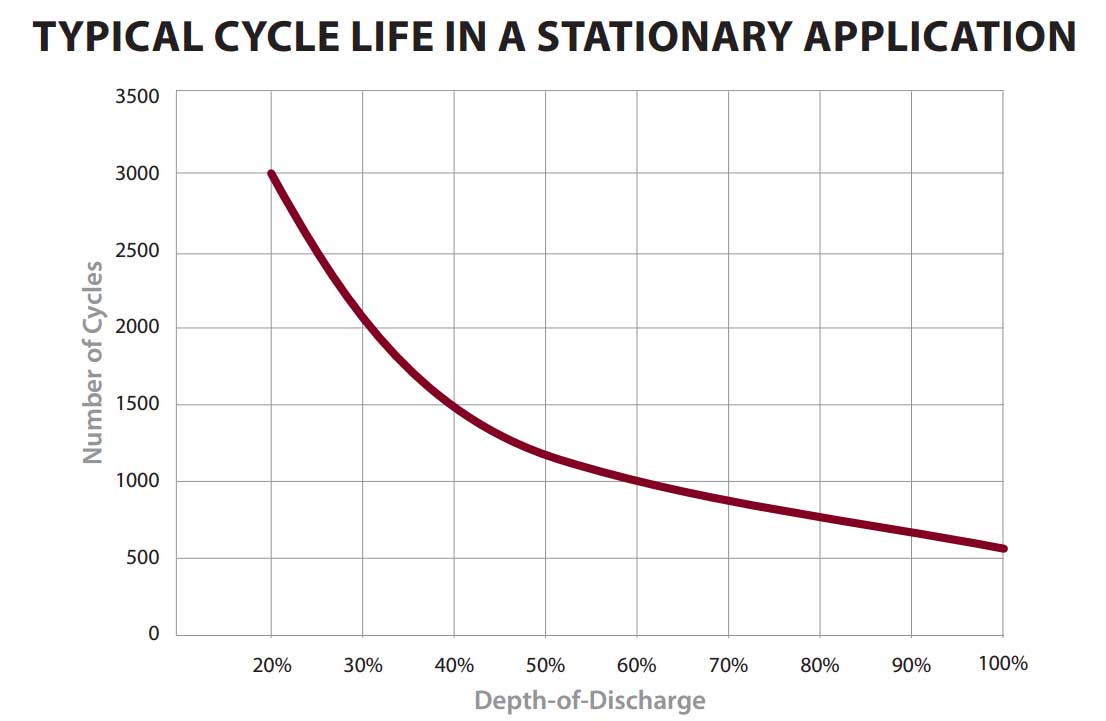Well, you can, and whereas a flooded battery could be useless after two or three deep discharges, an AGM battery, recharged properly, can be recharged hundreds of times.
Well...sorry Mike, but no, I think you may be confusing some things.

A
thin plate *cranking battery* (whether AGM, flooded or Gel) can be ruined after only a few deep discharges. A
thick plate *deep cycle* battery (whether AGM, flooded or Gel) can handle many deep discharges.
Odysseys are special animals which have thin plates but are rated not only for cranking, but also for deep cycle use. [EDIT: Now that I think about it, aren't Lifelines the same?]
But the longevity of your batteries will inarguably be lessened the deeper you discharge the batteries before recharging.
This Depth-of-Discharge issue pretty much boils down to how soon you want to buy new batteries. Some notes I had laying around about the Lifeline batteries I have in my Jeep's house battery banks says they should be good for roughly 1,000 charge/recharge cycles with a DOD to the generally accepted 50%. Change that to a 70% DOD, and they'd last 650 cycles. Discharge them 95% and you only get 400 cycles. So the short of it is that constantly doing deep discharges cuts the battery life in half. But you can deep discharge quality AGM batteries without doing them in; it just costs you money for quicker replacement.
This bit here is totally correct.
Deep cycle battery lifespans are rated in number of cycles, and the lower you drain the battery, the less cycles you'll get out of it.
Here's a life cycle chart from Lifeline, for their AGM batteries:
Here's the same chart, for a Trojan T105 deep cycle flooded:
As you can see, at a regular discharge of 50%, you'll get around 1000 cycles out it.
(Note that being regularly drained to 50% or below, the flooded actually does a little better than the AGM and will live for more cycles. In fact, the flooded can be regularly drained to 60% depth of discharge and still get the same 1000 cycles as the AGM would get being drained to 50%. Draining 100% will get you 350 cycles out of the AGM, but over 500 out of the flooded.)
The "1000 cycles" thing is the reason why everyone prays at the 50% altar.
Kind of explains why lots of people will pay the extra money for AGMs.
Well...it would...if it were true.





